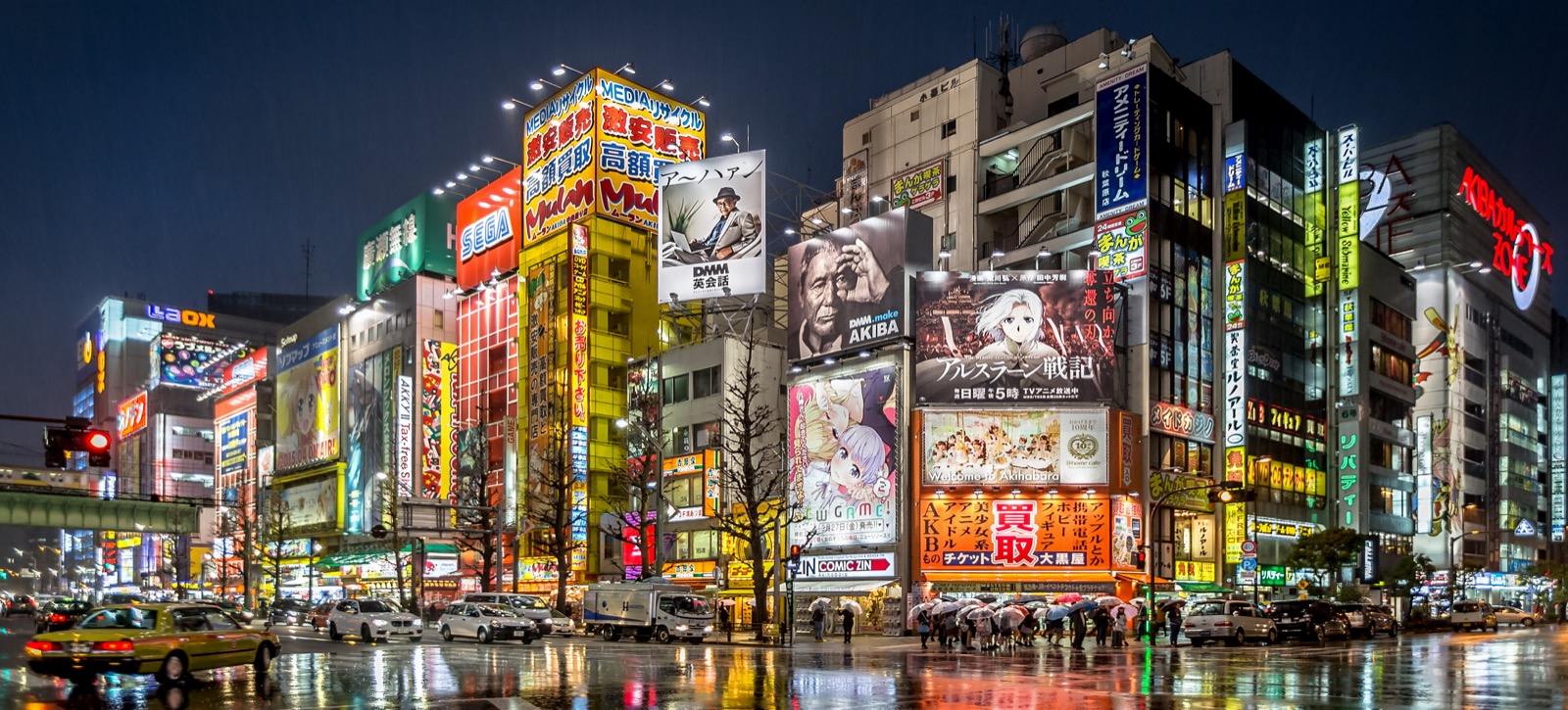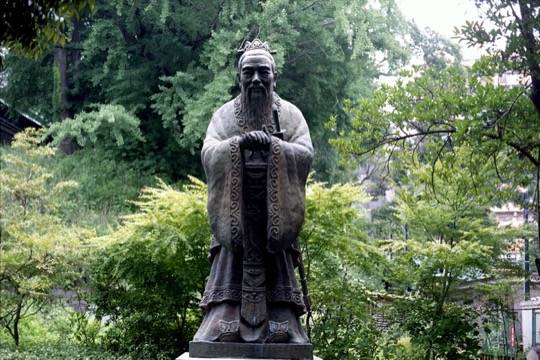
On This Page
Akihabara, known as Tokyo’s Electric Town, is a dynamic district renowned for its electronic shops and as a hub for otaku culture, which includes anime, manga, video games, and cosplay. This area reflects Japan’s technological innovations and its subcultural interests, drawing both locals and tourists alike.
Akihabara began as an electronic shopping area post-World War II when it became known for black market radio parts. By the 1980s, it had evolved into a destination for computer and technology enthusiasts, housing an array of stores from small specialist vendors to large retail chains. The district’s growth paralleled the rise of Japan’s otaku subculture, establishing Akihabara as a prominent cultural icon for enthusiasts of anime, manga, and video games. Today, Akihabara’s streets feature a mix of the latest gadgets, rare collectibles, maid cafes, and themed venues that cater to a variety of interests.
Akihabara also holds historical significance. It was named after Akiba Daigongen, a deity associated with fire prevention, and included a shrine dedicated to this protective figure. A pivotal moment in Akihabara’s history was the great fire of 1869, which led to the rebuilding of the shrine and spurred the area’s commercial growth.
In the vicinity, Yushima Seido, a Confucian temple established in the 17th century and relocated in the 18th century, became a focal point for Confucian learning. Its striking black structure adds a sense of calm against Akihabara’s vibrant backdrop and signifies the lasting influence of Edo-period scholarship.
Visitors to Akihabara can find more than the main electronics and anime shops; the district’s side streets and alleys offer a peek into the creative spirit that defines Akihabara’s culture. Additionally, participating in the local arcade scene reveals the gaming culture that has significantly shaped the district’s character.
Akihabara embodies Tokyo’s unique combination of historical depth and contemporary innovation, exemplifying the energetic blend of Japan’s technological advances and the vivid otaku subculture.
Around Akihabara
Highlights around Akihabara
Yushima Seido
A historic Confucian temple in Tokyo since 1690, with the world’s largest stone statue of Confucius.
